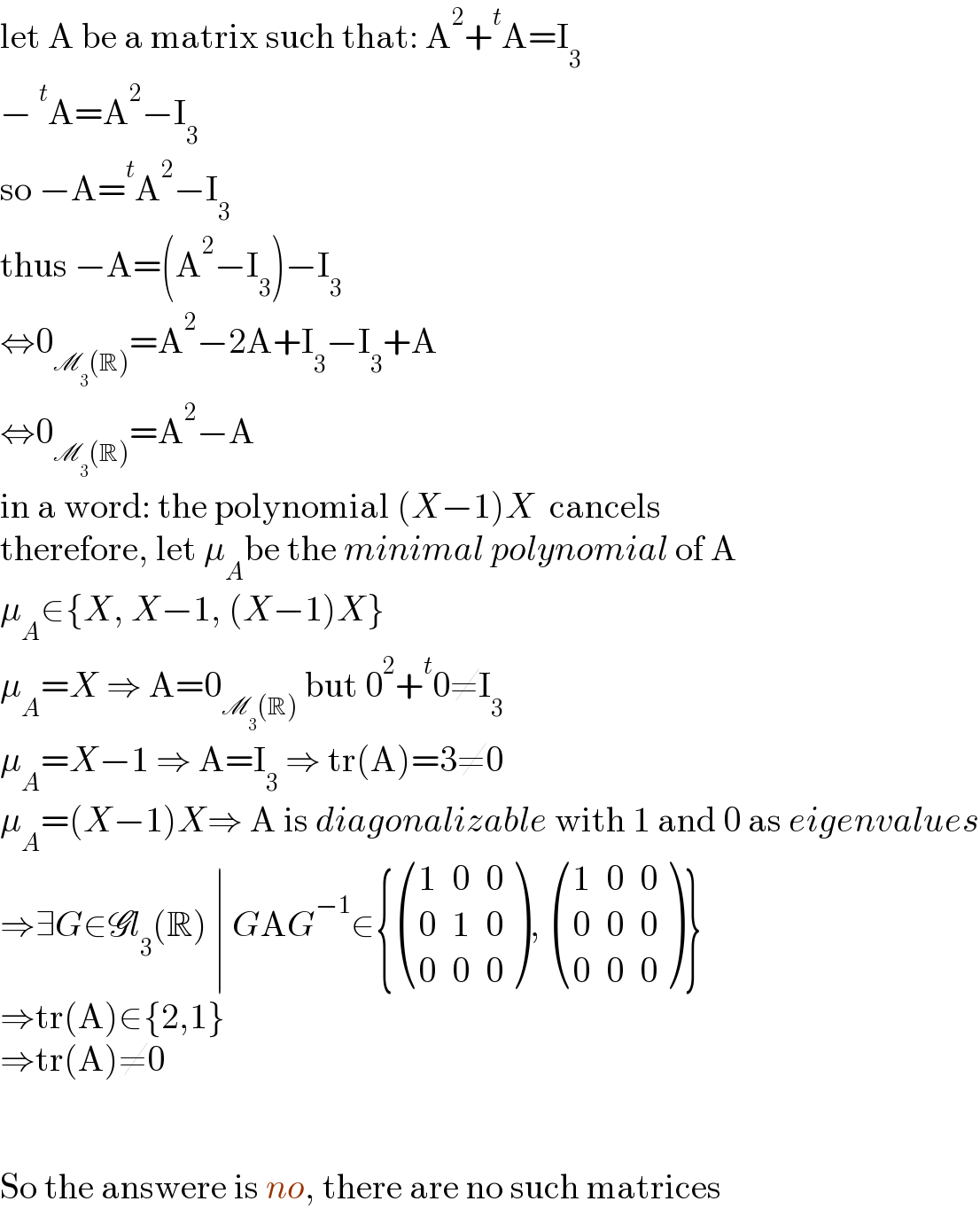
Question and Answers Forum
Question Number 143774 by TheHoneyCat last updated on 18/Jun/21

Commented by TheHoneyCat last updated on 18/Jun/21
Oh, I actually found the answer. �� sorry. Should I send it?
Commented by ArielVyny last updated on 18/Jun/21

Answered by TheHoneyCat last updated on 19/Jun/21

